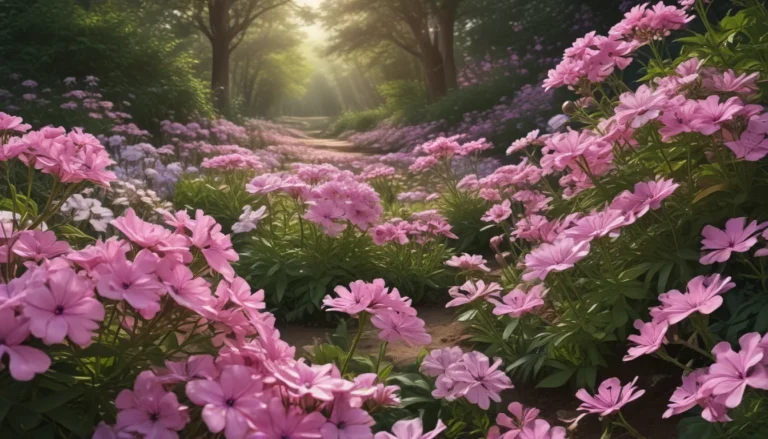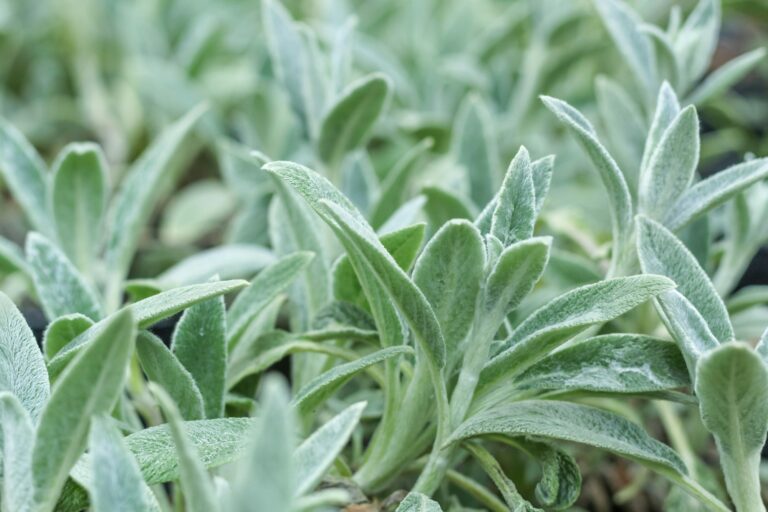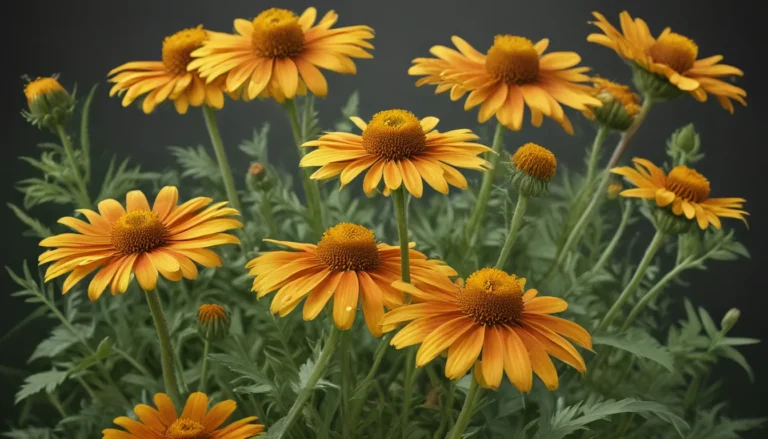The pictures we use in our articles might not show exactly what the words say. We choose these pictures to make you interested in reading more. The pictures work together with the words but don’t take their place. The words still tell you the important facts.
Introduction to Rue (Ruta graveolens)
Rue, scientifically known as Ruta graveolens, is a fascinating herb with a rich history and diverse applications. Often referred to as the "herb of grace," rue has captivated gardeners, herbalists, and culinary enthusiasts for centuries. In this comprehensive guide, we'll explore the many facets of this intriguing plant, from its botanical characteristics to its cultural significance.
Key Facts About Rue (Ruta graveolens)
Before delving into the details, let's take a quick look at some essential facts about rue:
| Aspect | Information |
|---|---|
| Scientific Name | Ruta graveolens |
| Family | Rutaceae |
| Common Names | Common Rue, Herb of Grace |
| Native Region | Balkan Peninsula |
| Plant Type | Perennial shrub |
| Height | 2-3 feet (60-90 cm) |
| Leaf Color | Bluish-green |
| Flower Color | Dull yellow |
| Flowering Period | Mid to late summer |
| Uses | Medicinal, culinary, ornamental |
| Toxicity | Potentially toxic in large amounts |
Botanical Characteristics of Rue (Ruta graveolens)
Appearance and Growth Habits
Rue (Ruta graveolens) is a distinctive plant with several notable features:
- Height: Typically grows to 2-3 feet (60-90 cm) tall
- Leaves: Bluish-green, pinnately compound, with a strong aroma when bruised
- Flowers: Small, dull yellow blooms appearing in clusters
- Flowering Period: Mid to late summer
- Fruit: Brown seed capsules following flowering
The plant's unique appearance makes it an attractive addition to gardens, especially in Mediterranean-style landscapes or herb gardens.
Growing Conditions for Rue (Ruta graveolens)
Rue is known for its hardiness and adaptability. Here are the optimal growing conditions for this herb:
- Sunlight: Full sun to partial shade
- Soil: Well-drained, moderately fertile
- Water: Drought-resistant, prefers dry conditions
- Hardiness: USDA zones 4-9
- Propagation: By seeds or cuttings
Rue's ability to thrive in dry, rocky conditions makes it an excellent choice for xeriscaping or low-maintenance gardens.
Historical Significance of Rue (Ruta graveolens)
Ancient Uses and Beliefs
Rue has a long and storied history, dating back to ancient civilizations:
- Roman Empire: Used as a medicinal herb and culinary spice
- Middle Ages: Believed to ward off evil spirits and witches
- Renaissance: Included in many herbal remedies and magical practices
Cultural References to Rue (Ruta graveolens)
The herb has made its way into various cultural and literary works:
- Shakespeare: Mentioned in Hamlet as the "herb of grace o' Sundays"
- Bible: Referenced in Luke 11:42 as a tithing herb
- Lithuanian Folklore: Associated with virginity and purity
- Ukrainian Traditions: Used in wedding ceremonies and love divination
Medicinal Uses of Rue (Ruta graveolens)
Traditional Applications
Historically, rue has been used to treat a variety of ailments:
- Insect bites and stings
- Gout and arthritis
- Menstrual disorders
- Digestive issues
- Eye strain and headaches
Modern Research on Rue (Ruta graveolens)
While many traditional uses lack scientific backing, some studies have explored rue's potential benefits:
- Antispasmodic properties: May help relieve muscle spasms
- Anti-inflammatory effects: Possible applications in treating inflammatory conditions
- Antimicrobial activity: Potential use against certain bacteria and fungi
Important Note: Always consult a healthcare professional before using rue or any herb for medicinal purposes, as it can be toxic in large amounts or when misused.
Culinary Uses of Rue (Ruta graveolens)
Traditional Cuisine
Rue has been used sparingly in various culinary traditions:
- Mediterranean Cuisine: Added to salads, cheese dishes, and grappa
- Ethiopian Cooking: Component of the spice mix berbere
- Italian Cuisine: Used in some regional dishes and liqueurs
Flavor Profile and Preparation
- Taste: Bitter, slightly peppery
- Aroma: Strong, distinctive scent often described as "musky" or "acrid"
- Usage: Used in very small quantities due to its strong flavor
- Pairing: Often combined with fatty foods to cut through richness
Toxicity and Safety Concerns of Rue (Ruta graveolens)
Potential Risks
While rue has many uses, it's crucial to be aware of its potential toxicity:
- Skin Irritation: Fresh leaves can cause contact dermatitis
- Phototoxicity: Can increase skin sensitivity to sunlight
- Internal Toxicity: Large amounts can cause severe gastrointestinal distress
- Pregnancy Risks: Known to stimulate uterine contractions, potentially causing miscarriage
Safe Handling and Usage
To use rue safely:
- Wear gloves when handling fresh plants
- Avoid prolonged sun exposure after contact
- Use only small amounts in culinary applications
- Consult a healthcare professional before medicinal use
- Keep away from children and pets
Gardening with Rue (Ruta graveolens)
Planting and Care
For those interested in growing rue:
- Planting Time: Spring or early fall
- Spacing: 18-24 inches (45-60 cm) apart
- Soil Preparation: Add sand or gravel to improve drainage
- Watering: Allow soil to dry between waterings
- Pruning: Cut back in early spring to promote bushy growth
Companion Planting with Rue (Ruta graveolens)
Rue can be an excellent companion plant in the garden:
- Pest Repellent: May deter Japanese beetles, slugs, and snails
- Beneficial Insects: Attracts swallowtail butterfly caterpillars
- Good Companions: Roses, raspberries, figs
- Poor Companions: Basil, sage, cabbage family plants
Rue (Ruta graveolens) in Modern Herbalism
Current Applications
While caution is advised, some herbalists still use rue for various purposes:
- Essential Oils: Used in aromatherapy blends (highly diluted)
- Tinctures: Made from dried leaves for internal use (under professional guidance)
- Topical Preparations: Infused oils or salves for external application
Research and Potential
Ongoing studies are exploring rue's potential in several areas:
- Cancer Research: Investigating possible anti-tumor properties
- Neuroprotective Effects: Studying impact on cognitive function
- Antimicrobial Applications: Exploring use against resistant bacteria
Symbolic Meanings of Rue (Ruta graveolens)
Language of Flowers
In the Victorian language of flowers, rue carried specific meanings:
- Regret: Often associated with sorrow or remorse
- Repentance: Used to symbolize seeking forgiveness
- Clear Vision: Believed to enhance spiritual sight
Religious Symbolism
Rue has played a role in various religious contexts:
- Christianity: Symbol of repentance and grace
- Paganism: Used in protection rituals and spells
- Judaism: Mentioned in the Talmud as a medicinal herb
Rue (Ruta graveolens) in Art and Literature
Literary References
Rue has appeared in numerous literary works:
- Shakespeare's Plays: Mentioned in Hamlet and Richard II
- Emily Dickinson's Poetry: Featured in "There's a certain Slant of light"
- Modern Literature: Appears in works by authors like Gabriel García Márquez
Visual Arts
The distinctive appearance of rue has inspired artists:
- Medieval Illuminated Manuscripts: Depicted in herbal illustrations
- Renaissance Paintings: Often included in still life compositions
- Modern Botanical Art: Featured in detailed scientific illustrations
Conservation and Sustainable Use of Rue (Ruta graveolens)
Wild Populations
While rue is widely cultivated, wild populations face challenges:
- Habitat Loss: Urban development threatening native habitats
- Over-harvesting: Unregulated collection for herbal markets
- Climate Change: Altering suitable growing regions
Sustainable Practices
To ensure the future of rue:
- Cultivate rue in home gardens or controlled environments
- Support ethical wildcrafting practices
- Participate in seed-saving programs
- Educate others about responsible use and conservation
Conclusion: The Enduring Legacy of Rue (Ruta graveolens)
Rue (Ruta graveolens) stands as a testament to the complex relationship between humans and plants. From its ancient medicinal uses to its modern applications in gardening and herbalism, rue continues to fascinate and intrigue. While its potent nature demands respect and caution, the herb of grace remains an important part of our botanical heritage.
As we continue to explore the potential of rue in modern contexts, it's crucial to balance our curiosity with responsible use and conservation efforts. Whether you're a gardener, herbalist, or simply a plant enthusiast, rue offers a wealth of knowledge and a connection to centuries of human history and tradition.
By understanding and appreciating the many facets of rue (Ruta graveolens) – its benefits, risks, and cultural significance – we can ensure that this remarkable herb continues to play a role in our gardens, kitchens, and herbal traditions for generations to come.






